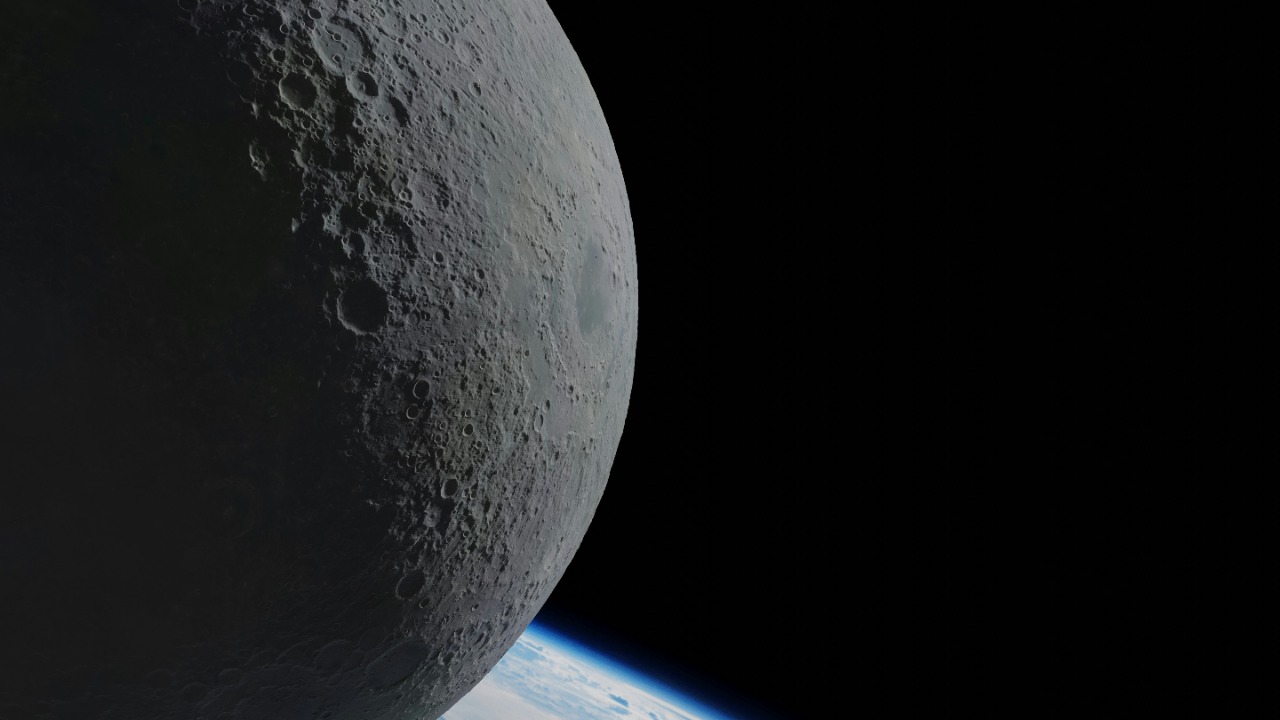
In a historic achievement for lunar exploration, China’s Chang’e-6 mission successfully returned the first-ever samples from the moon’s far side in 2024. These samples, collected from the South Pole-Aitken Basin, have unveiled unexpected volcanic elements and deep geological secrets, raising new questions about the moon’s formation and evolution. Initial analyses suggest that the dust and rocks may contain isotopic signatures that could trace back to primordial water sources in our solar system, potentially revealing the origins of Earth’s water.
The Chang’e-6 Mission Overview
The Chang’e-6 probe, China’s second far-side lunar mission following Chang’e-4, was launched in June 2024 with the objective of collecting samples from the moon’s far side. The landing site was strategically chosen in the Apollo Basin for its scientific potential in studying ancient impacts and volcanism. The mission timeline included a successful launch, landing, sample collection, and a safe return of the samples to Earth by early June 2024.
Challenges of Far-Side Sample Collection
Collecting samples from the moon’s far side presented unique communication challenges, as this side of the moon is permanently hidden from Earth. This necessitated the use of the Queqiao-2 relay satellite for data transmission. The robotic sampling process involved the use of a scoop and drill to gather approximately 2 kilograms of regolith and subsurface material from depths up to 2 meters. The safe return capsule landed in Inner Mongolia on June 25, 2024, marking the first successful retrieval of far-side samples.
Initial Revelations from Sample Analysis
The samples brought back by Chang’e-6 revealed a “volcanic surprise”. They contained basalt rocks indicating prolonged volcanic activity on the far side around 2.8 billion years ago. Furthermore, the samples unveiled deep secrets beneath the lunar surface, such as mantle-derived materials exposed by the South Pole-Aitken impact basin. Chinese scientists’ analyses revealed that the samples’ composition featured low-titanium basalts, distinct from near-side lunar rocks.
Links to Earth’s Water Origins
Isotopic studies of the far-side dust could trace hydrogen and oxygen sources, potentially confirming theories of water delivery to Earth via asteroid impacts during the solar system’s early history. Evidence suggests the samples contain primordial water signatures similar to those in carbonaceous chondrites, supporting theories of solar system-wide water distribution. These findings challenge existing models by showing the moon’s far side retained more volatile elements than previously thought.
Volcanic History and Geological Insights
The samples contained unexpected volcanic elements, such as zircons dating back to 4.4 billion years, indicating a more complex magmatic history on the far side. The mineralogy of the samples, including enriched iron and magnesium, differed from near-side compositions, highlighting hemispheric differences in lunar evolution. The Chang’e-6 samples provide the first direct evidence of far-side mantle heterogeneity.
Raised Questions About the Moon’s Past
The new data has raised uncertainties about the moon’s formation, including why the far side shows less mare volcanism despite similar age basalts. The samples’ volatile content questions the completeness of post-collision degassing, challenging the giant impact hypothesis. Ongoing debates from international collaborations suggest potential sharing of samples for global study to resolve these discrepancies.
Future Implications for Lunar Science
Planned follow-up analyses include advanced spectroscopy to detect trace water molecules in the samples. The far-side data could have broader impacts on upcoming missions like Artemis, informing site selection for water ice prospecting. These samples play a crucial role in refining models of solar system water origins, potentially influencing astrobiology research on habitable zones.
More from MorningOverview